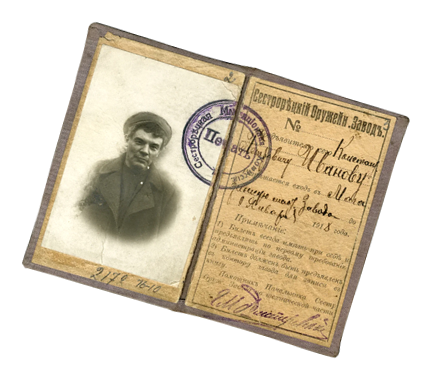

In January 1925, two weeks before the first anniversary of Lenin’s death, the newspaper «Izvestia» published a resolution of the Presidium of the Central Executive Committee of the USSR «On the competition of the 1st stage of projects on construction of a monument — a permanent Mausoleum of v. I. Lenin on Red Square in Moscow». A distinctive feature of this competition was that it was declared as national one and «any thinking person» could take part in it, regardless of whether he had or did not have a professional education.
The first two mausoleums on Red Square, as you know, were built according to the projects of the famous architect, Academician of architecture A.v. Shchusev, on a non-alternative basis, in modern terms. By order of the party, the first temporary Mausoleum was erected for Lenin’s funeral during three days, and a few months later, a new wooden one was built, but a more monumental version of nine meters high in the form of a truncated pyramid. Apparently, the leadership of the party and the state did not have a firm belief that the architectural form, found by Shchusev, completely corresponded the task of being the tomb of the Great Leader. Therefore, the People’s Commissar of Education A.v. Lunacharsky, who headed the competition commission, considered the main task of the first stage of the national competition «… to develop the very idea of the Mausoleum…». The commission included the most prominent architects of the time — Ivan Zholtovsky, Ivan Rerberg, Vladimir Shchuko, Ivan Fomin and the author of the first two mausoleums — Alexey Shchusev.
The commission formulated clear requirements, which assumed that the projects had to correspond architecturally to the Kremlin wall and Red Square, to have a central inner hall with the tomb and necessarily to have a tribune. Internal museum premises, sculpture and decor in architectural trim were allowed.
By April 1926 117 applications were submitted. The contest turned out truly national as not only professional architects (such as Feodor Shehtel) sent their designs, but also workers, Siberian peasants, Komsomol members and even schoolchildren. It turned out that the most often there were monuments in the form of a pyramid, a five-pointed star and a globe. For many contestants it turned out to be extremely difficult to stay within the proposed framework. Therefore, projects of huge, multifunctional buildings in Zaryadye, complex sculptural compositions, monuments that could hardly be located in the space of Red Square, had to be considered. And yet, the commission managed to select 25 «good» projects.
What non-professional participants could not reflect in projects, they expressed in their ingenuous letters. They wrote that it was very difficult to design an architectural building that had to become a center of attraction «for all eyes», a monument that had to be simple, majestic and eternal.
After reviewing the selected projects, the commission decided not to continue the competition and to return to the original design of the Mausoleum by the architect A.v. Shchusev. Documents and materials related to the organization and holding the 1925 National Competition, including the projects sent to the competition, are stored today in the Russian State Archive of Social and Political History. Some of them are offered to your attention.
